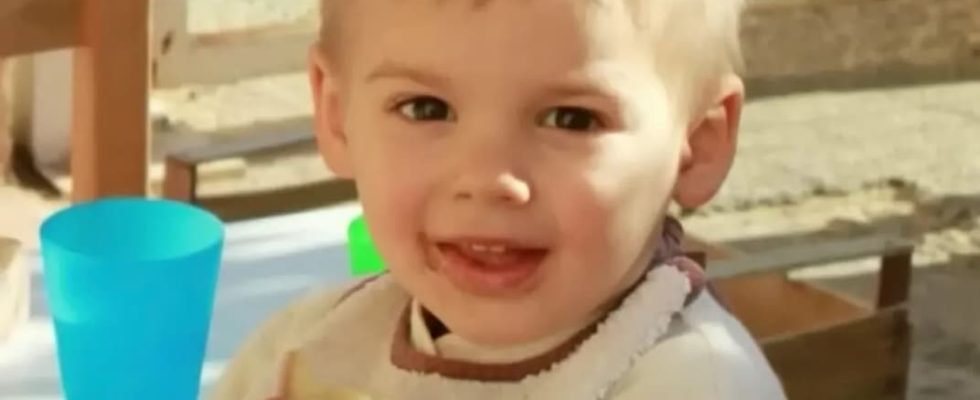The inhabitants of Vernet have “difficult to understand”
While the search continues in Vernet, the residents who had participated in the searches to find the little boy have said in recent days that they have “difficulty understanding” how they could have missed Emile’s body, even if they recognize that “anything is possible”.
“If he fell into a bush, he could escape a hunt,” explains a resident.
The mayor himself assured that the area where the little boy’s skull was discovered had been “excavated” during the searches.
“It’s a place where hunters and their dogs and residents pass daily and where forestry work was carried out in the fall,” he said.
Bones analyzed for lesions that could “explain the death”
Analyzes are underway on the skull of the little boy discovered on Saturday. These analyzes must make it possible to determine the presence or absence of lesions which could give indications as to the cause of death.
“That is to say, is there a fracture, is there an impingement, any traumatic lesion which could have been produced during the child’s lifetime, and therefore have had potentially a repercussion, and possibly explain the death”, explains Caroline Rambaud, forensic doctor, on BFMTV.
The analysis of the bones and these possible lesions cannot, however, make it possible to determine the date of death.
The Aix-en-Provence prosecutor must speak
The Aix-en-Provence public prosecutor will speak during the day on the progress of the investigation, three days after the discovery of the little boy’s skull, BFM DICI learned from the prosecution.
He will speak at 6 p.m. from the premises of the Aix-en-Provence judicial court.
Gendarmerie entomologists expected on site
If human remains are discovered, these experts will be able to determine, using the type of insects present on site, the date of little Émile’s death.
These specialists are expected in the coming days at Vernet.
Dogs specialized in “searching for human remains”
While the dogs used during the hunts organized last summer to find Émile were trained in the search for human scent, those currently mobilized in Vernet are specialized in the search for human remains.
“Once death occurs, the body temperature automatically drops, and there is a change in odors,” Martial Villain, retired from the gendarmerie dog brigade, explains to BFMTV.
A hundred gendarmes deployed
The dog teams arrived at Le Vernet with an unmarked van. Teams which were already present yesterday are once again mobilized on site, in particular the one which uses the sensors to model the sites of the discovery of the bones in 3D.
“It’s extremely fine, extremely detailed work, and that’s why we bring in the best, those who have the highest expertise at the international level,” explained Pierre-Yves Brady, commander of the group of Alpes-de-Haute-Provence gendarmerie.
Anthropologists carefully analyze soils
Since the discovery of bones on Saturday, experts mobilized on the ground have been carefully analyzing the soil.
“They do a bit like archaeological excavations, we call it forensic archaeology. The idea is to check if there are clues that allow us to know if the bones were present for a long time,” explains Colonel Marie-Laure Pezant, spokesperson for the national gendarmerie, on BFMTV.
The slightest clue can indeed provide valuable information on the circumstances of the little boy’s death.
Numerous gendarmerie experts mobilized on site
Mobilized again today in Vernet, the gendarmerie ensures that “the best experts” are working on the investigations.
Different trades are present on site, such as anthropologists who are able to determine the nature of bones, drone operators who operate with sensors to analyze the soil, or even 3D analysts who take measurements.
Three drones deployed in the discovery zone
The Criminal Research Institute of the National Gendarmerie (IRCGN) deployed drones with multispectral sensors yesterday. The investigators want to create a digital map of the excavation area, where the first bones of Émile were discovered.
These drones “very finely map the entire scene by taking photos, then reconstruct it in 3D and 2D, with maps,” explained Lieutenant Aurélien S., head of the IRCGN, yesterday.
“We will stay as long as necessary to set the scene,” he added. “Until we have picked up all the clues.”
A dog brigade “specialized in the search for human remains” deployed
Among the resources deployed by the gendarmerie is a dog team from Gramat in the Lot.
“These are expert dogs who will be able to provide truly valuable assistance,” explains Colonel Pierre-Yves Bardy, commander of the department’s gendarmerie group.
These dogs are specifically trained to find human remains, particularly in the heavy vegetation of Haut-Vernet and its surroundings.
○ Read our full article on the work of the dog brigade
Research continues in the area where Émile’s bones were discovered
Hello and welcome to this live broadcast dedicated to the death of little Émile who disappeared last July in Haut-Vernet.
It was in an area south of the hamlet that the little boy’s skull and teeth were discovered by a walker on Saturday. Since then, investigations have continued actively on site.
Around a hundred gendarmes were mobilized yesterday to continue the search and find other traces of the little boy.

